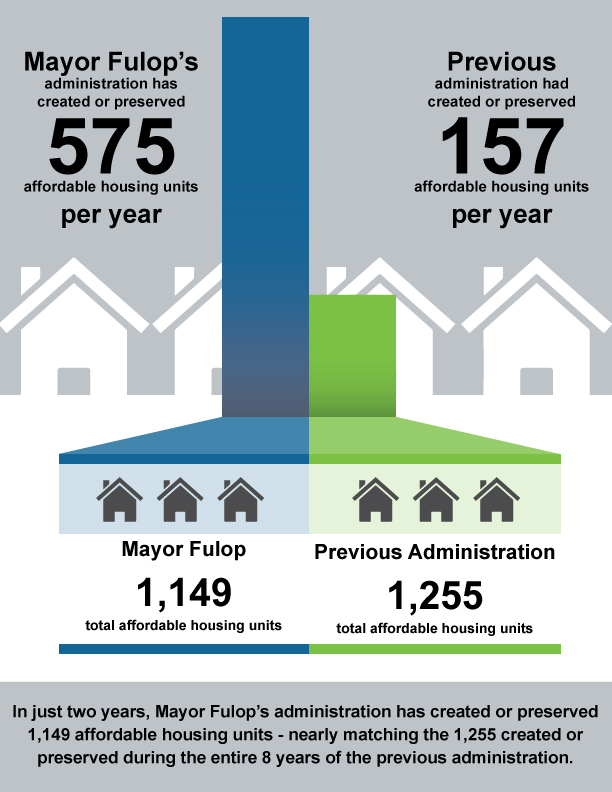
The Atlantic’s Citylab recently published an article outlining Jersey City’s strategic development plan and its potential for success. They were optimistic.
Similar to most major cities, Jersey City suffers from uneven development. Certain areas are developing rapidly while others languish. In an effort to better distribute development and economic activity, Mayor Fulop spearheaded the Payments in Lieu of Taxes (PILOT) program almost immediately after taking office in June 2013.
PILOT introduced a tiered incentive program to increase development in other areas of the city. Tax abatements are at the core of the plan. More desirable areas offer a shorter tax abatement period. Downtown, for example, is in Tier 1 and offers a 10 year abatement period. Journal Square falls into the Tier 4 zone and comes with a 30 year tax abatement period.
Also attached is an affordable housing requirement. Projects in Tier 1 require 10% of the units be allocated as affordable units. However, the state of New Jersey requires developers be given an option to waive the affordable housing requirement. They can instead pay into the Affordable Housing Trust Fund. So, don’t get too excited, chances are the downtown towers will have limited affordable housing.
On site or not, the Mayor is dedicated to affordable housing. The most recent numbers show the Fulop administration creating or preserving 1,149 units in the first two years in office. Compare that to the previous administrations 1,255 over an 8 year span.

The tiered incentive approach does seem to be working. Bergen-Lafayette saw the ground breaking on its first new major development in years – The Baker Building. Also, Journal Squared is well underway and has been dubbed a “truly transformative project” by Mayor Fulop.
After decades of economic slump, Journal Square might finally return as the economic and cultural heart of Jersey City thanks in part to the PILOT program.
Read the Citylab article here: Jersey City’s Innovative New Affordable Housing Plan Might Actually Work


